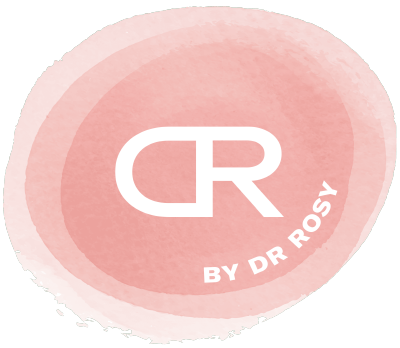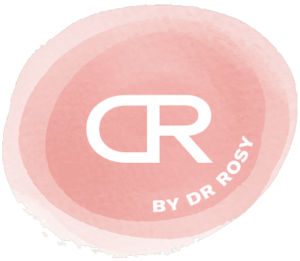Eczema, also known as atopic dermatitis, is a chronic skin condition characterized by inflammation, redness, itching, and dryness of the skin. In the U.S. alone it affects more than 31 million people regardless of age, race, or gender. As a board-certified internal medicine physician with an expertise in cosmetic medicine and anti-aging, many patients have come to see me to understand why this is happening to them and how they can deal with it. Eczema exhibits some differences in how it presents across various skin tones and so I emphasize the importance of early diagnosis and tailored treatment plans for each individual.
Across different skin tones eczema appears in the following way:
● Fair Skin: Often have the most visible signs of eczema, including redness, inflammation, and visible scratching. The symptoms can be quite prominent and can lead to potential scarring if not managed effectively.
● Medium Skin Tones: Eczema can sometimes appear as ashy patches. These patches may not always be as red as in fair-skinned individuals but can still be itchy and uncomfortable.
● Dark Skin Tones: The typical redness is more difficult to see so look for darker brown, purple or ashen gray areas. Eczema can also cause hyperpigmentation, leading to dark spots and discoloration. The absence of the typical redness can make it more challenging to diagnose and treat effectively.
What I recommend to my patients treat it:
Emollients and Moisturizers: I recommend using gentle, fragrance-free moisturizers to keep the skin hydrated. Some of my favorite skincare products for eczema are Aveeno Eczema Therapy Moisturizing Cream, CeraVe Moisturizing Cream and Eucerin Advanced Repair Cream are excellent options for all skin tones.
Topical Steroids: For moderate to severe eczema, topical steroids can be effective, such as Vanicream 1% Hydrocortisone Lotion which is mild and over the counter and Clobetasone butyrate 0.05% which is a moderate topical steroid. I recommend using an ointment-based preparation if your eczema is very dry and itchy such as Aquaphor 1% Hydrocortisone Ointment, a cream to treat moist or weepy areas of eczema as it will be more cooling, and lotions are the best for hairy area of the body.
However the appropriate strength and application instructions are case by case, as misuse can lead to skin thinning. It’s important to use these for a short period of time, mostly 7-14 days at the most to avoid skin thinning.
Immunosuppressants: In some cases, I have prescribed immunosuppressant creams or ointments like Protopic or Elidel to control inflammation.
Antihistamines: Over-the-counter antihistamines can help alleviate itching. I often recommend Benadryl or Zyrtec in this case.
Prescription Medications: For severe cases, systemic medications like Dupixent or cyclosporine may be recommended.
One thing that I speak to my patients at length about is being mindful of triggers. Identifying and avoiding triggers is essential in managing eczema. These can vary from person to person but may include allergens, stress, temperature changes, and harsh skincare products. Pay close attention to your body’s response to different factors and adapt your lifestyle accordingly. Managing eczema is an ongoing process. It requires patience, consistent skincare, and a proactive approach to avoid flare-ups.




One Response
It’s remarkable to visit this web page and reading the views
of all friends on the topic of this post, while I am also keen of
getting knowledge.